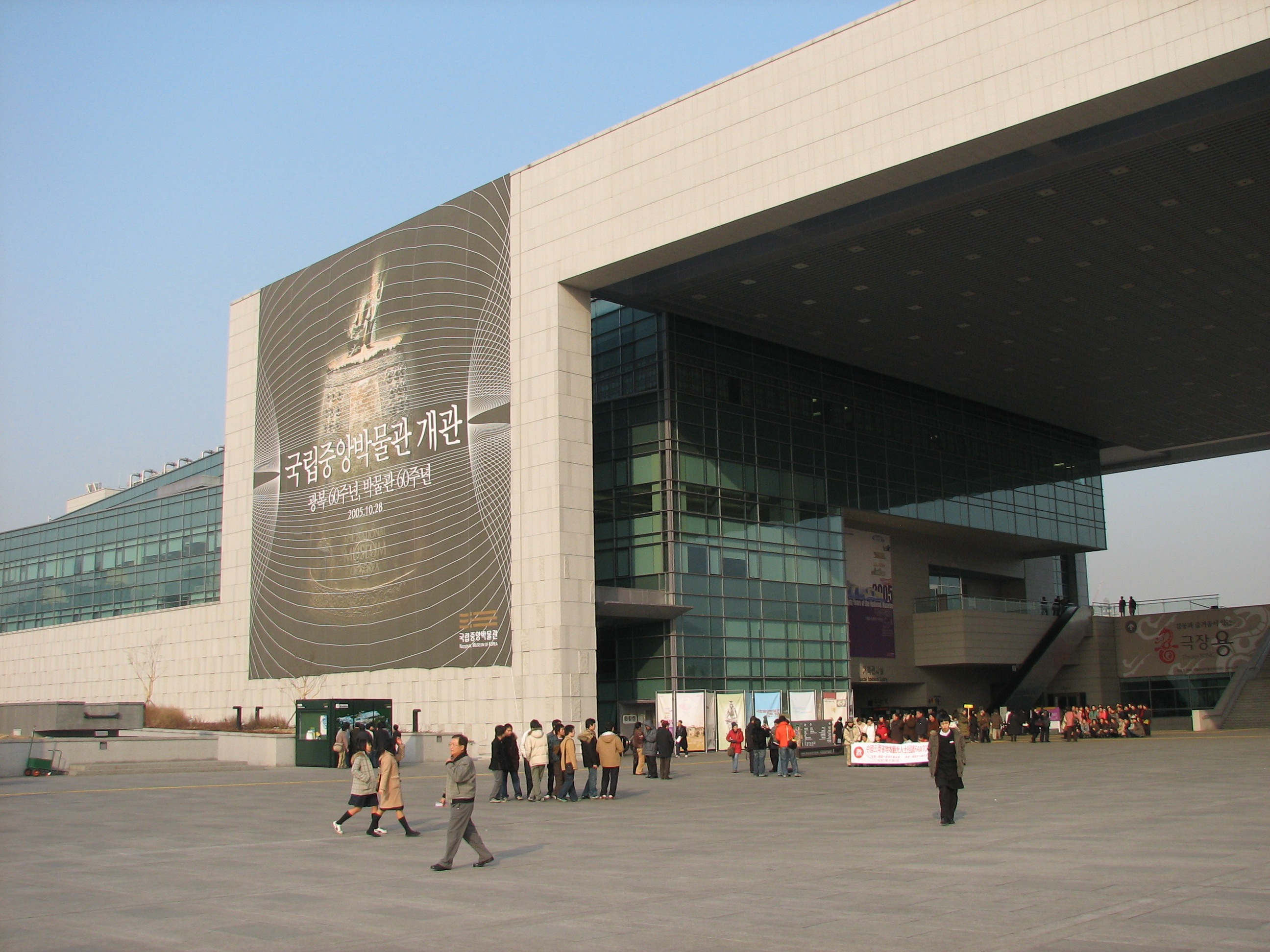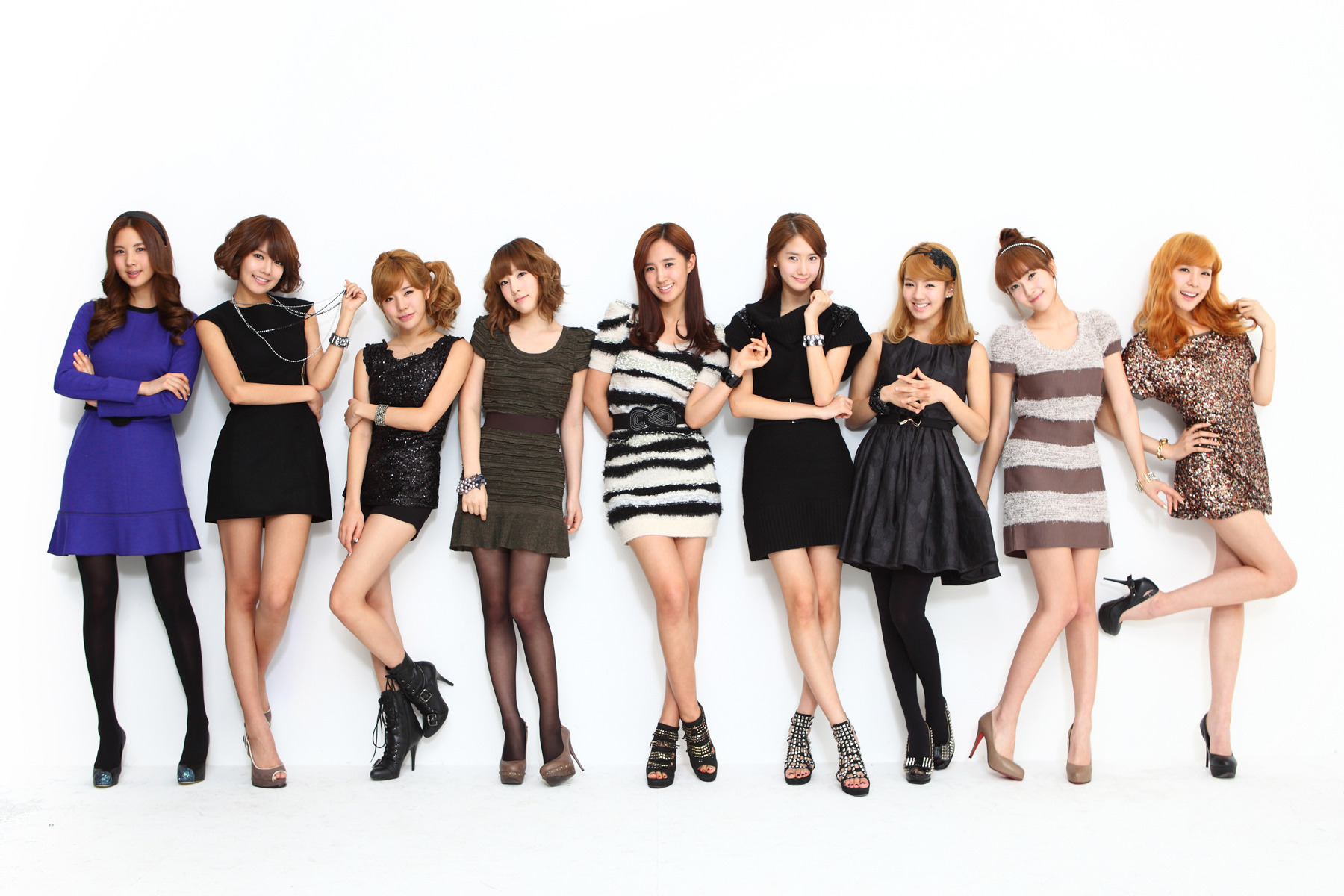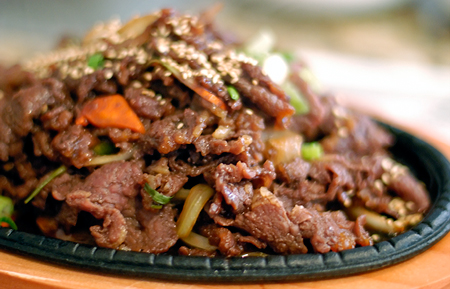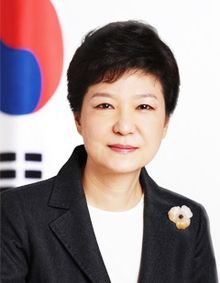1.
International Trade of South
Korea:
An
export oriented economy, South
Korea's imports and exports are reported by
the Ministry of Knowledge Economy. Historically, from 1966 until 2013, South
Korea Imports averaged 9939.54 USD Million reaching an all time high of
45565.95 USD Million in March of 2011 and a record low of 38.61 USD Million in
January of 1966. On the other hand, from 1966 until 2013, South Korea Exports
averaged 10364.59 USD Million reaching an all time high of 48950.11 USD Million
in July of 2011 and a record low of 14.75 USD Million in January of 1966.
a) What?
Import:
Oil (23%), Semiconductors (6%), Natural Gas (5%), Coal, Steel, Iron Ore
Export:
Semiconductors (9% percent), Machinery (9%), Automobiles (9%), Ships (7%), LCD
devices (5%), Wireless Communication Devices (4%), Steel (7%), Petrochemicals (10%)
b) How Much?
Import:
$44,139,000,000 USD (as of March of 2013)
Export:
$47,496,000,000 USD (as of March of 2013)
c) To Whom/ From Whom?
Import:
China (16%), Japan (12%), the United
States (8%), Saudi Arabia
(7%), the European Union (9%), ASEAN (10%), Australia (5%)
Export:
China (25%), ASEAN (14%),
the United States (10%), the
European Union (9%), Japan, India, Brazil,
Paraguay
2. Exchange
Rate:
The
USDKRW spot exchange rate indicates how much one of each American Dollar is
worth in terms of Korean Won. The USDKRW spot exchange rate is quoted and
exchanged in the same day; the USDKRW forward rate is quoted today but for
delivery and payment on a specific future date.
a) Current Value:
During
the last 30 days, the USDKRW spot exchange rate appreciated 1.3200 or 0.12
percent.
b) Recent History:
From
1981 to 2013, the USDKRW averaged 984.9900 reaching an all time high of
1962.5000 in December of 1997 and a record low of 667.2000 in July of 1989.
3. Immigration:
Most
immigrants are not eligible for citizenship or permanent residency, unless they
are married to a South Korean citizen or have invested more than five million
USD in the local economy.
a) Korea
as a Sending Country: in the past, Korea
was a sending country, which sent laborers to the United
States, Germany
and the Middle East.
*Number
of Korean People Around the World: 6.8 million (2.3 million in China
and 2 million Korea Americans)
b) Korea
as a Receiving Country: especially after the 1988 Seoul Olympics, Korea
increased exchanges with foreign countries. In 2007, Korea was declared an official
receiving country by the United Nations.
*Number
of Foreigners in Korea
(as of 2007): 1 million (63% were temporary workers, 10% were marred to
Koreans, 23% were illegal immigrants)
*The
nationalities of immigrants: Mostly from China,
Vietnam, Mongolia, the Philippines,
Bangladesh.
Some from Nigeria, Ghana, Russia
and the United States.
4. Relations
with Other Countries
a) Recent Conflicts:
*2010
March 26th: South Korean warship Cheonan sinks, killing 46 sailors (Pyongyang denies
involvement)
*2010
October 29th: Troops from North and South Korea exchange fire across
the border
*2010
November 23rd: North fires on island
of Yeonpyeong killing
four South Korean marines.
b) Historical Conflicts:
1. Korea
under Japanese Rule
*Starting
with Japan-Korea Treaty of 1876, Japanese Empire sought to subjugate Korea
both politically and economically as a protectorate.
*In
1905, Korea
was declared an Imperial Japanese protectorate and officially annexed in 1910.
*Japanese
rule continued until its defeat at the end of World War II at which time Korea
became an independent nation albeit divided under two separate governments and
economic systems.
*Crimes
and indignities committed against the Korean people during the Japanese
administration of Korea
continue to be the subject of controversy between these two nations.
2. The Korean War (25 June 1950 – 27 July 1953)
*It
was a war between the South Korea
supported by the United Nations and North Korea
supported by China and the Soviet Union.
*The
North established a communist government while the South established a
right-wing government.
*The
38th parallel increasingly became a political border between the two Korean
states.
*The
situation escalated into open warfare when North Korean forces invaded South Korea
on 25 June 1950.
*The
South was pushed back for two months until a rapid U.N. counter-offensive then
drove the North Koreans past the 38th Parallel.
*China then entered the war on the side of North Korea
which forced the Southern-allied forces to retreat behind the 38th Parallel.
*The
fighting ended on 27 July 1953, when the armistice agreement was signed.
c) Allies
1. The United
States of America
*The
two have strong economic, diplomatic, and military ties.
*After
World War II, the United States
aggressively engaged in the decolonization of South
Korea from Japan.
*Upon
the onset of the Korean War, U.S.
forces were deployed to fight for South Korea against North Korean
invasion.
*During
the Vietnam War in 1967, South Korea
sent a large combat troop to assist the United States.
*Currently,
the U.S. Eighth Army, Seventh Air Force and U.S. Naval Forces Korea are
stationed in South Korea.
*A
free trade agreement (KORUS FTA) was signed between them in 2007 and went into
effect in 2012.
2. European Union
*South Korea
and EU are important trading partners.
*Two
signed FTA, which was approved in 2010 and went into effect in 2011.
*South Korea is the EU's eighth largest trade
partner, and the EU has become South
Korea's second largest export destination.
3. China
*Historically,
Korea has had close
relations with China
before World War II began.
*The
diplomatic relationship between South Korea
and China almost completely
ceased after China assisted North Korea
with manpower and supplies during the Korean War.
*Relations
gradually improved when South Korea
and China
re-established formal diplomatic relations in 1992.





















